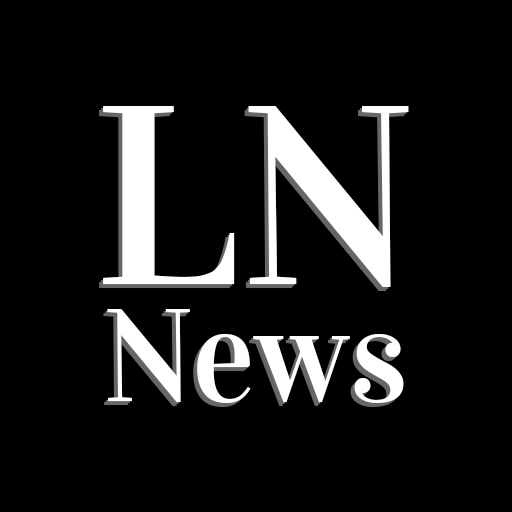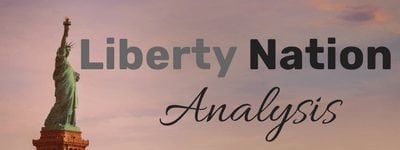The Federal Reserve is widely expected to raise interest rates for the third time in 2017 at December’s Federal Open Market Committee (FOMC) policy meeting. The critical question is: what about 2018? The market seems to be uncertain as to the pace of rate hikes, but Boston Fed President Eric Rosengren anticipates three or four rate hikes “over the course of next year.”
Rosengren delivered a presentation at a conference at the regional Fed bank on Friday to talk inflation, the national economy, a rising-rate environment, and the labor market.
Without a doubt, 2018 will be one of the most significant years for the U.S. central bank. Between rising rates, the unwinding of the $4.5 trillion balance sheet, and a new Fed head, a lot will happen at the Eccles Building.
 How Many Rate Hikes in 2018?
How Many Rate Hikes in 2018?
The U.S. central bank is expected to pull the trigger on its third and final rate hike in 2017 in December.
With December gold futures hovering around the crucial $1,300 mark on Monday, investors are indeterminate about the immediate future of interest rates. Gold is generally sensitive to a rising-rate environment because it lifts the opportunity cost and sends traders into yield-bearing assets.
Speaking to the Group of 30 banking seminar in Washington on Sunday, Fed Chair Janet Yellen noted that the strength of the U.S. economy will “warrant” future increases. In other words, she won’t budge on giving further details, and this is causing traders great concern.
But Rosengren, who isn’t a voting member on the Board of Governors this year, is projecting as many as four rate hikes next year. Analysts aver that his forecast makes him the most hawkish of all his colleagues, many of whom anticipate one or two. A couple don’t want any at all.
He does say that his prediction assumes that the U.S. unemployment rate continues to tumble and that inflation starts to tick upwards.
The 1980s All Over Again?
In the late 1970s and early 1980s, inflation levels surged, peaking 13% in the final year of President Jimmy Carter’s administration. As a way to tackle rising inflation, then-Fed Chair Paul Volcker aggressively increased the Federal Funds Rate to 21% at the start of 1980.
Could the U.S. experience this all over again in 2018 and beyond?
Rosengren stated that the Fed may need to push rates even higher to ensure that inflation stays at the central bank’s objective of 2%. At the same time, he adds that if the jobless rate sinks below 4%, then it could be evidence that the national economy is overheating.
That said, Rosengren isn’t one to suggest that the Fed needs to embrace a faster rate hike mentality. But the central bank may need to, especially as the Fed starts to reduce its enormous balance sheet. Economists argue that the Fed has been able to curb inflation since the economic collapse because of some of its unconventional instruments, such as paying banks not to lend or purchasing bonds at an unprecedented level, but we are already witnessing hints of price inflation, even in paychecks.
For the Boston Fed leader, one of the most significant tests to the overall economy is if the unemployment rate can remain low for an extended time and if the labor market can start applying pressure to wages.
He told The Wall Street Journal:
“It’s not a big surprise that we miss it when we have a very high unemployment rate, because there you’re in a situation where you actually would expect that inflation would be a bit low and expectations got low. The real test is going to be, if we stay below full employment for a long period of time, whether you start seeing wage pressures build up.
“So, using my own estimate of the natural rate – that would be 4.7 percent – we’ve really only been below that for one or two quarters, which isn’t a very long period of time. So, yes, we’ve been under on inflation, but a lot of that was anticipated because until fairly recently we had a fair amount of slack. We’re now in a market where there’s not a lot of slack. So if we continued to have the unemployment rate fall and we didn’t get any wage pressures at all, I would be very surprised, and I’ll be looking for a reason for why that’s occurring.”
In January 2017, wages experienced their fastest gains since the end of the Great Recession. Over the 12-month period ending in December, average hourly earnings jumped by 2.9%, the most prominent spike since June 2009. Throughout much of 2017, wages have gone up slightly.

Boston Fed President Eric Rosengren
Rosengren Not Expecting Radical Shift
Treasury Secretary Steven Mnuchin said last week that President Donald Trump will announce his nomination for the next Fed Chair in November. The five leading contenders are incumbent Fed Chair Janet Yellen, former Fed governor Kevin Warsh, current Fed governor Jerome Powell, Trump’s top economic adviser Gary Cohn, and Stanford University economist John Taylor.
The favorite is Warsh, Mnuchin wants Powell, the media seem to be demanding Taylor, and the Democrats will likely push for Yellen.
Who does Rosengren want? It doesn’t really matter. He doesn’t seem to think there will be any “radical shift” in monetary policy regardless of who becomes Yellen’s successor:
“So even though we’re going to have quite a few new governors, you know, over time it’ll make a difference but I wouldn’t expect that any of the people that are being considered that I’m aware of would necessarily cause a radical shift relative to where we’ve been. Might be a little bit of a shift, but you have to be able to convince enough of the committee to move with you. And I think that kind of prevents really significant, discrete movements.”
Rosengren is probably correct when he says the directives and course of the Fed won’t change. Whether Yellen is tapped to stay on or Trump selects his own central planner, the halls of Eccles Building aren’t likely to undergo much of a makeover for the next four years.



